The Early Voyagers of The East – The Rise in Maritime Trade of the Kalingas in Ancient India (Set of 2 Volumes)
Original price was: ₹5,000.00.₹3,800.00Current price is: ₹3,800.00.
| Author-Editor/लेखक-संपादक | AP Patnaik |
| Language/भाषा |
English
|
| Edition/संस्करण | 2003 |
| Publisher/प्रकाशक | Pratibha Prakashan |
| Pages/पृष्ठ |
744 (Throughout B/w Illustrations)
|
| Binding Style/बंधन शैली | Hard Cover |
| ISBN |
8171020706
|

About the Book
This book is unique in the sense that the author in this work has traced the maritime trade-links of the Kalingas, a people of Southeastern India, from prehistoric times, by diligently following it. Study-design based on the place-names of the land. With the assumption that names of some places indicate the origin of immigrants who had come to this country for maritime trade in the past, the author has screened more than fifty thousand place-names of Orissa, visited hundreds of his selected sites to note down archaeological evidence, if any, and examined the socio-cultural practices of people, in looking for traces of the cultural impact of the alien settlers of the past. In this book, he has presented his findings in such a coordinated manner that they, on the whole, act as corroborative evidence in support of his stated hypothesis. In this process, the author has discovered how Southeastern India was in contact with the great civilizations of the ancient world that flourished in West-Asia, Egypt, Mycenaean Greece, Mediterranean islands, China, and American continents. In this whole exercise, the author has discussed topics in relation to Kalinga, like ‘the maritime-history’, ‘locations of the great ports of the past’, ‘the maritime-infrastructure’, and ‘the maritime trade-inputs received from outside’ etc.
with a multidisciplinary approach, though with due emphasis on the up-to-date textual and archaeological data on the subject. In each of these chapters, the author has brought in many new facts, which so far had escaped the notice of scholars. In a major chapter, the author has discussed, in detail, ‘the Kalingan links with Sri Lanka and the countries of Southeast Asia.’, since an early period in history, highlighting the trade and cultural inputs, Kalinga had received from those countries in return. In the last concluding chapter, after drawing data in place-names from the state of Tamilnadu, the author compares it with that of Orissa and infers that the findings of his study are not limited to Orissa or ancient Kalinga only; rather they reflect the prehistory and cultural evolution of the whole of South India. In a way, this innovative work, which is’ the result of many years of painstaking research, provides a picture of South India’s prehistoric maritime links with the outside world, which so far have remained mostly unknown.
About the Author
A. P. Patnaik was born on 25th October, 1933, at the Village Patrapada, located near Bhubaneswar, in Orissa.
With a Master’s degree in History and Education from Utkal University, though he started his career as a schoolteacher, soon he was appointed as the Technical Officer, State Health Education Bureau, Orissa. In the year 1972, he went abroad under a W.H.O. fellowship program and studied for two years in the School of Public Health, under the University of Michigan, Ann Arbor, U.S.A., for his degree of Master of Public Health, majoring in Health Education and Population Planning. After coming back to India, he continued as a health education specialist and was promoted to the rank of the Chief of the ‘State Information, Education and Communication Centre’ for Health & Family Welfare ‘programme, in Orissa. In the year 1982, he was nominated as a member of a Task-force for F.W. communication programme, by the Ministry of Health & Family-Welfare, Government of India, and was required to visit Thailand and Indonesia on a study-tour. While visiting these countries and interacting with the people there, he, for the first time, had a realization of their cultural links with ancient India and became deeply interested in the subject. At the beginning, he cultivated a hobby of looking for the sites of ancient ports and after successfully locating a few, published papers on them. In this process, he was gradually drawn into exploring the history of maritime activity of the Kalingas and decided to have a fresh look on the subject, by undertaking a research project himself. This task, which he assigned to himself, kept him busy for long fifteen years.
Preface
Till the forty-eighth year of my life, it was never within my dreams that someday, I would be writing a book on History. Circumstances in the following years and my curiosity to find answers to a few specific questions, led me into this action. Though I had studied History for a Master’s degree in my youth, my knowledge on the growth of great civilizations of the ancient world was rudimentary in nature and I did not know enough about the early History and Culture of Kalinga, the land on the eastern coast of India now known as Orissa so that I could have perceived any link between them.
In the subsequent years, my specialization in ‘Health education and Population planning’ in the School of Public Health, under the University of Michigan, prepared me for a professional role, where there was little scope for further studies on History. But an incinerate, which occurred in the early part of year 1982, changed my mental orientation and in a gradual process, I became interested in the evolution of Maritime culture in Kalinga, where the people had excelled in shipping and maritime activity, since very early times.
In the January 1982, as a member of Health and Family Welfare task-force of the Government of India, I was required to visit a few places in Thailand and Indonesia, to study the effectiveness of Family planning communication programme there in the field, and in that program, got an opportunity to visit the island of Bali. Though the impact of Indian culture is clearly visible in the great monuments of Southeast Asia and also in the life-style of the people of that part of the world, in the small island of Bali, I was amazed to perceive certain cultural elements, strikingly similar to that of Orissa (Kalinga) in particular. This reminded me of a fair called ‘Bali-jatra’, implying ‘the voyage for Bali’, observed in Orissa, on the bank of the river Mahanadi, at Cuttack, on the full-moon day of Hindu-month ‘Kartik’ (Octo. – Nov.) and of certain rituals like the floating of paper-boats in the rivers and lakes, on that very day-morning, by the female-folks of coastal Orissa with great enthusiasm. It is needless to state that these ritualistic practices, still observed in Orissa, the land of the Kalingas, are highly suggestive of the maritime trade-links of the past, with Bali and other parts of Southeast Asia. While assuming ancient contact of the Kalingas with the distant island of Bali, I wondered about their maritime infrastructure and navigational skills of the period, and in that process, became interested in locating the sites of the lost great-ports of Kalinga. Though it was a hobby at the beginning, after some initial success, it became a serious involvement and taking voluntary retirement from Government service, I devoted all my time and energy to it, since the year 1991.
While looking for the major ports of ancient Kalinga, I came across places with almost the same port’s name, in many geographic locations, particularly on the river-banks or very close to the sea. Besides, each of these sites, with its mounds, ruins of temples and half buried ponds or wells, resembled a river or sea port of the past. This gave me an impression that in the past, important ports probably manifested their existence in series, with only one name, at many different locations, instead of being a single entity, located at one place. But in corroboration of this idea, I could not find any record anywhere in the books of History or Geography, and started assuming that this was probably a phenomenon, which so far had escaped the notice of scholars .. Pondering over this problem for some time, I finally arrived at the conclusion that in the ancient India, even as early as the period of Buddha, when great guilds of merchants, mariners and different categories of artisans were in operation, each important port was probably controlled by a guild of merchants or mariners, who used to open new ports around the main port with the same name, with the motive of expanding their trading infrastructure. In other words, in each series of ports with one name, one was probably the principal port, while the rest were the subsidiaries. With this assumption in mind, I decided to explore the net works of the ancient and medieval ports in Orissa, so that it would be possible to identify the principal ones.
In looking for the principal ports and their subsidiaries, when I scanned over the local mills of the coastal Orissa, I came across some names of places, which appeared to me as the corrupt name-sakes of ancient cities and places, not only of India, but also of many other parts of the world. I was amazed to find places in Orissa with names that sounded very close to Ur, Erech, Nippur, Mari, Mitanni and Ashur etc., which flourished in Mesopotamia, during the prehistoric period. In addition to it, I could also locate place-names that seemed to represent ancient Egypt, China, Greece, Roman empire and even the Americas. Though I was fully aware of the distance between the eastern coast of India and the sites of those lost cities, where the great civilizations had once flourished, and the time-gap between the modern Indian place-names and the names of those cities of the distant past, I could not discard these facts which appeared to me as very much real. This mystery of place-names posed a problem before me, for finding an answer to which I started visiting those places, in looking for evidence of ancient contact with aliens, coming from different parts of the world. Some initial success in this attempt, led me into a detailed study of place names in Orissa, to trace the origin of immigrants of the past. As I have explained this problem in detail, in the first chapter of my work, along with the study design and procedure followed in its execution, I need not elaborate it here. But in doing so, I have never lost sight of my original objective of exploring the maritime history of the Kalingas and have tried my best to trace the growth of shipping and maritime activity, in this land, since the prehistoric period. This could only be possible, when I assumed that the traders and mariners coming to this part of India, from different parts of this sub-continent as well as the world, had named their bases (camps) here after their respective places of origin, since the beginning of the human civilization. In other words, my assumption was that the authors of the earliest civilization of mankind had come to this land for trade, and while trying to identify themselves in the host country, had started this method of naming their colonies, which had continued till the modern times. Accordingly, by arranging these place-names in a time- scale, it was possible to visualize the gradual growth of maritime-culture, in this land, with the probable inputs of the immigrant aliens, since the dawn of human civilization. This whole exercise, which constituted this study, ultimately answered my inquiry into the evolution of maritime culture in Kalinga, by revealing the multiethnic and multicultural background of her people.
Only logged in customers who have purchased this product may leave a review.

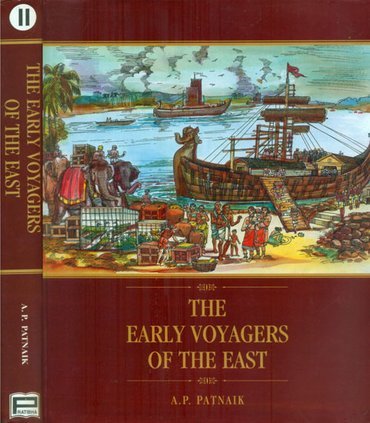


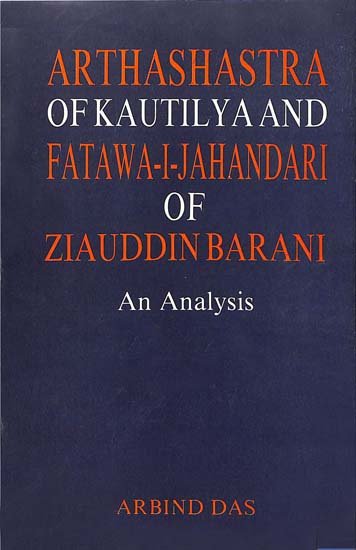


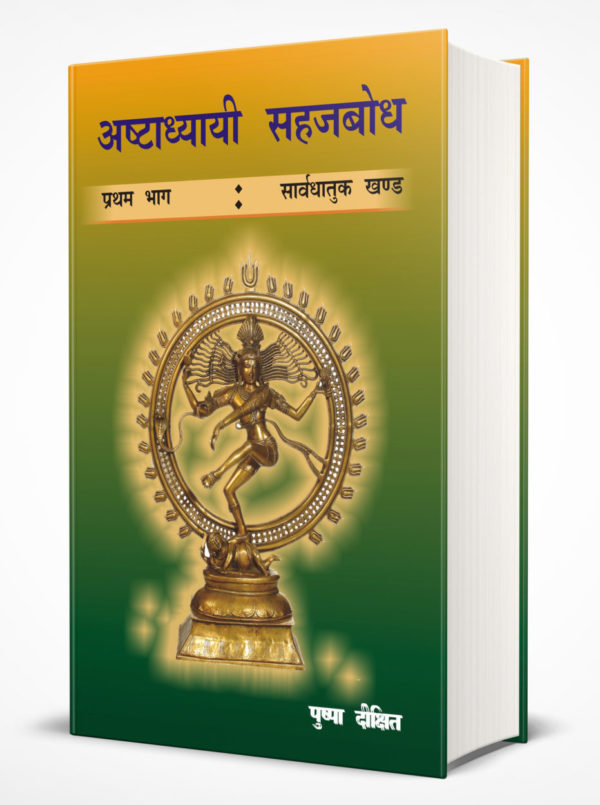
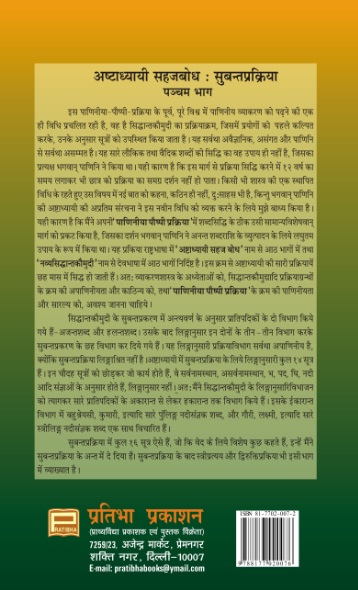
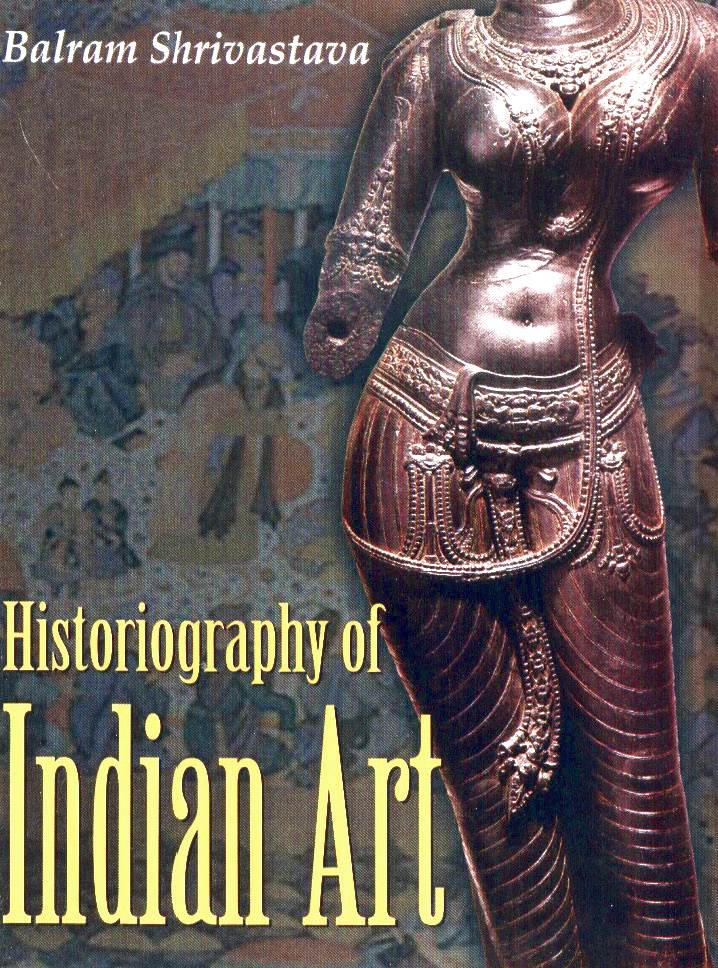
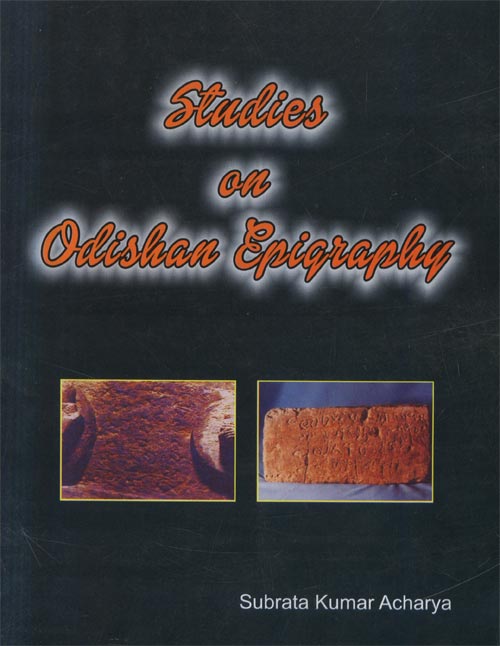
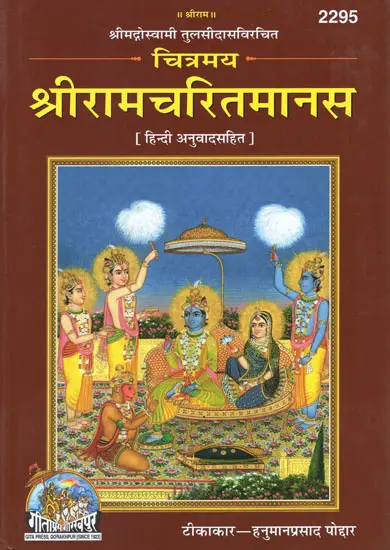

Reviews
There are no reviews yet.